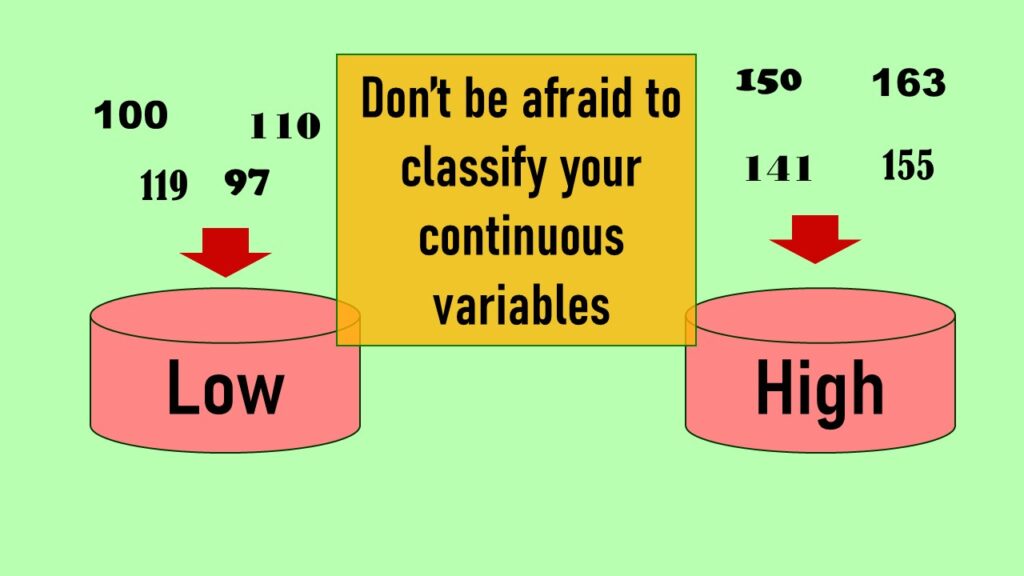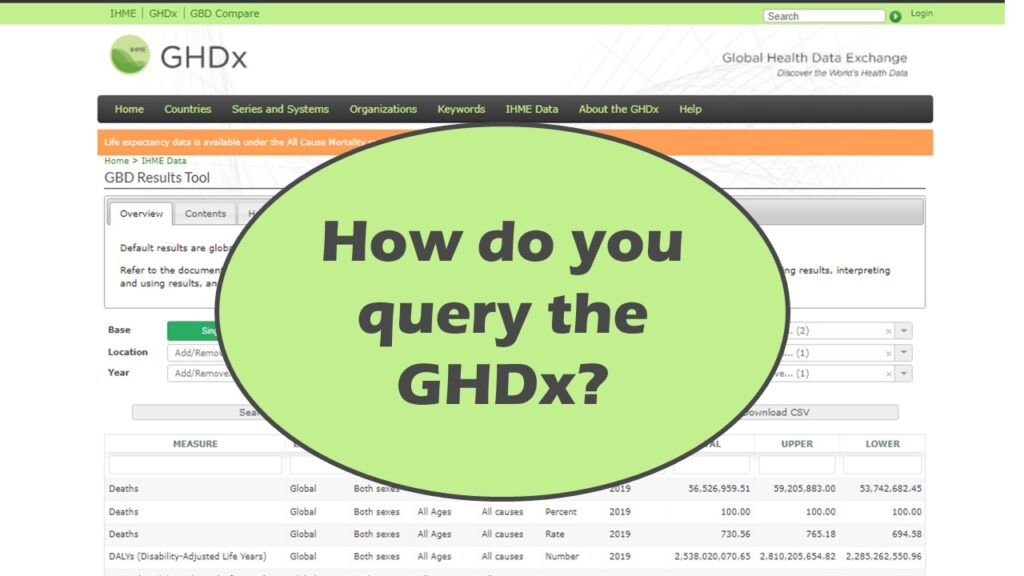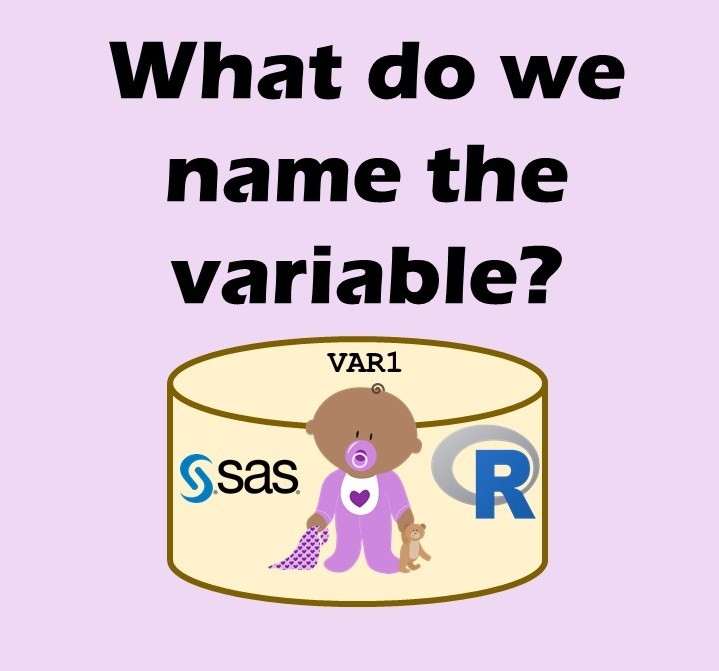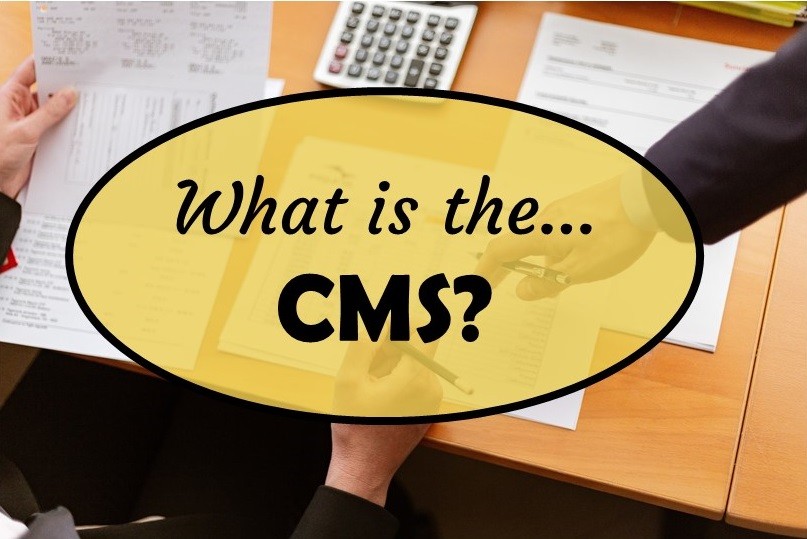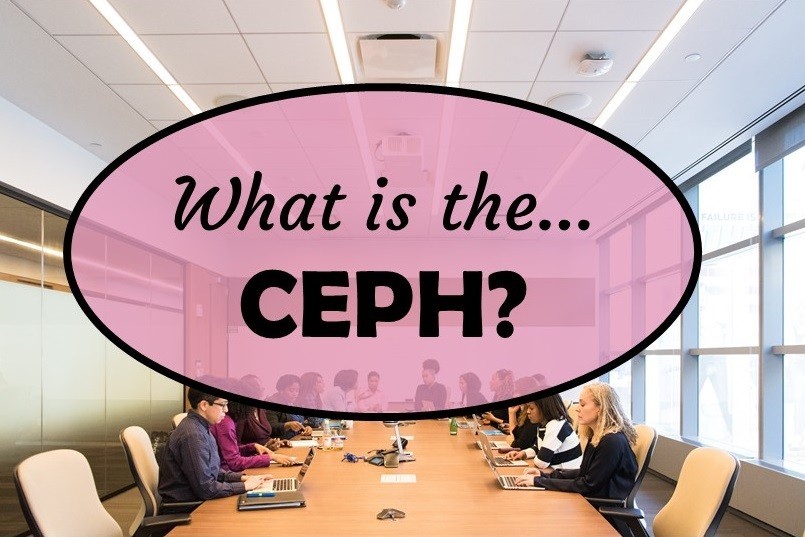Continuous variable categorized can open up a world of possibilities for analysis. Read about it on my blog!
Tag Archives: teaching approaches
Portfolio project examples are sometimes needed for newbies in data science who are looking to complete independent projects. This blog post provides some great examples of independent projects you can do with datasets available online!
Making upset plots with R package UpSetR is an easy way to visualize patterns of attributes in your data. My blog post demonstrates making patterns of co-morbidities in health survey respondents from the BRFSS, and walks you through setting text and color options in the code.
Can you name categories other than “food” and “drugs” that are regulated by the FDA in the US? Read this blog post to learn what they are, and what the FDA does in the US.
Querying the GHDx database is challenging because of its difficult user interface, but mastering it will allow you to access country-level health data for comparisons! See my demonstration!
Variable names in SAS and R are subject to different “rules and regulations”, and these can be leveraged to your advantage, as I describe in this blog post.
My answer to, “What is the DHHS?” is, “A failed department”, but it is important to examined exactly what they have failed at, and how.
You might wonder what CMS – the Centers for Medicare and Medicaid Services – actually does. This blog post provides an overview of CMS’s role and activity in the US healthcare system.
What is the CEPH, and how does it relate to the other organizations in US public health? This blog post explains the history and function of the CEPH, and how it connects to the rest of Big Public Health in the US.

